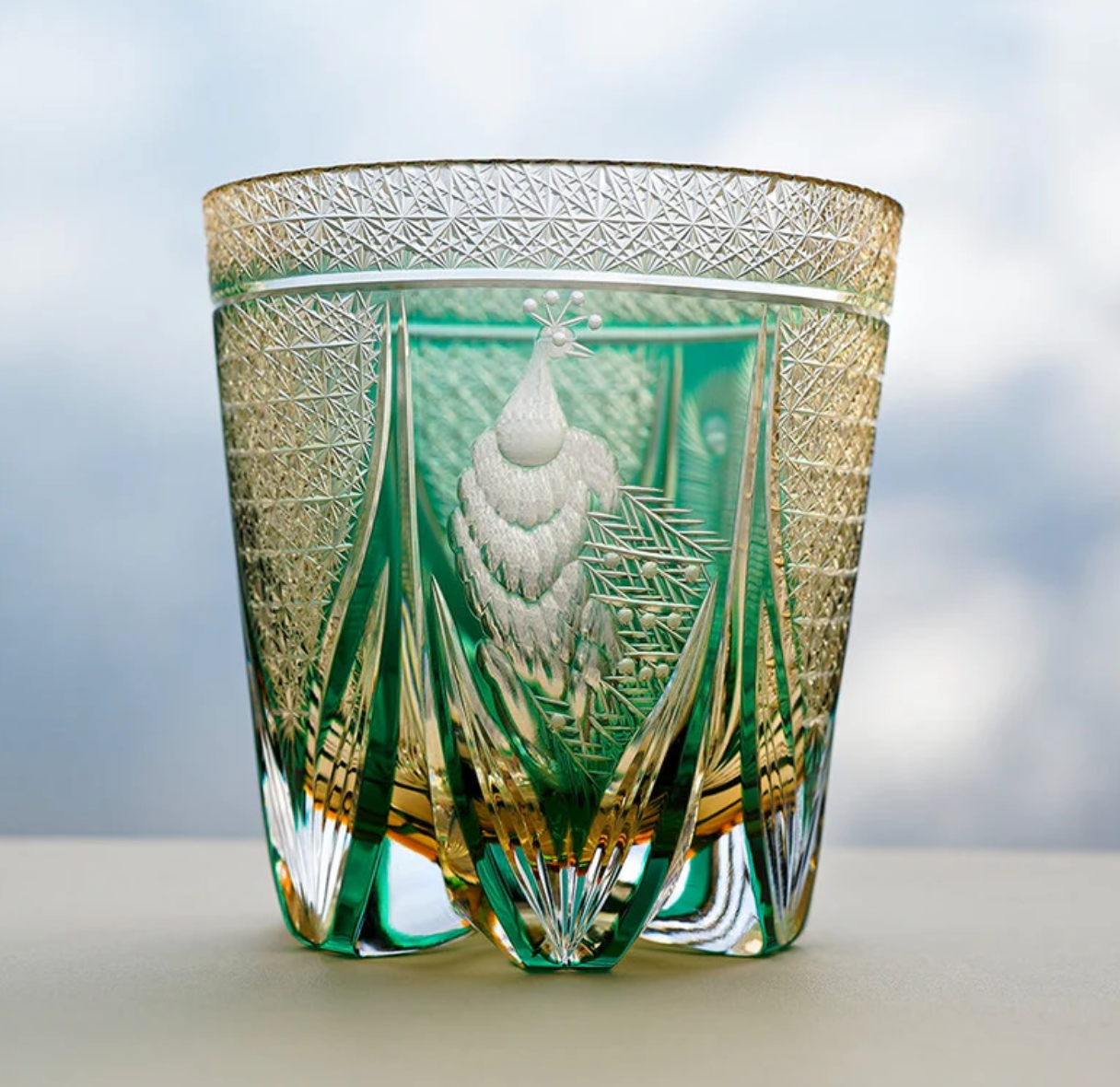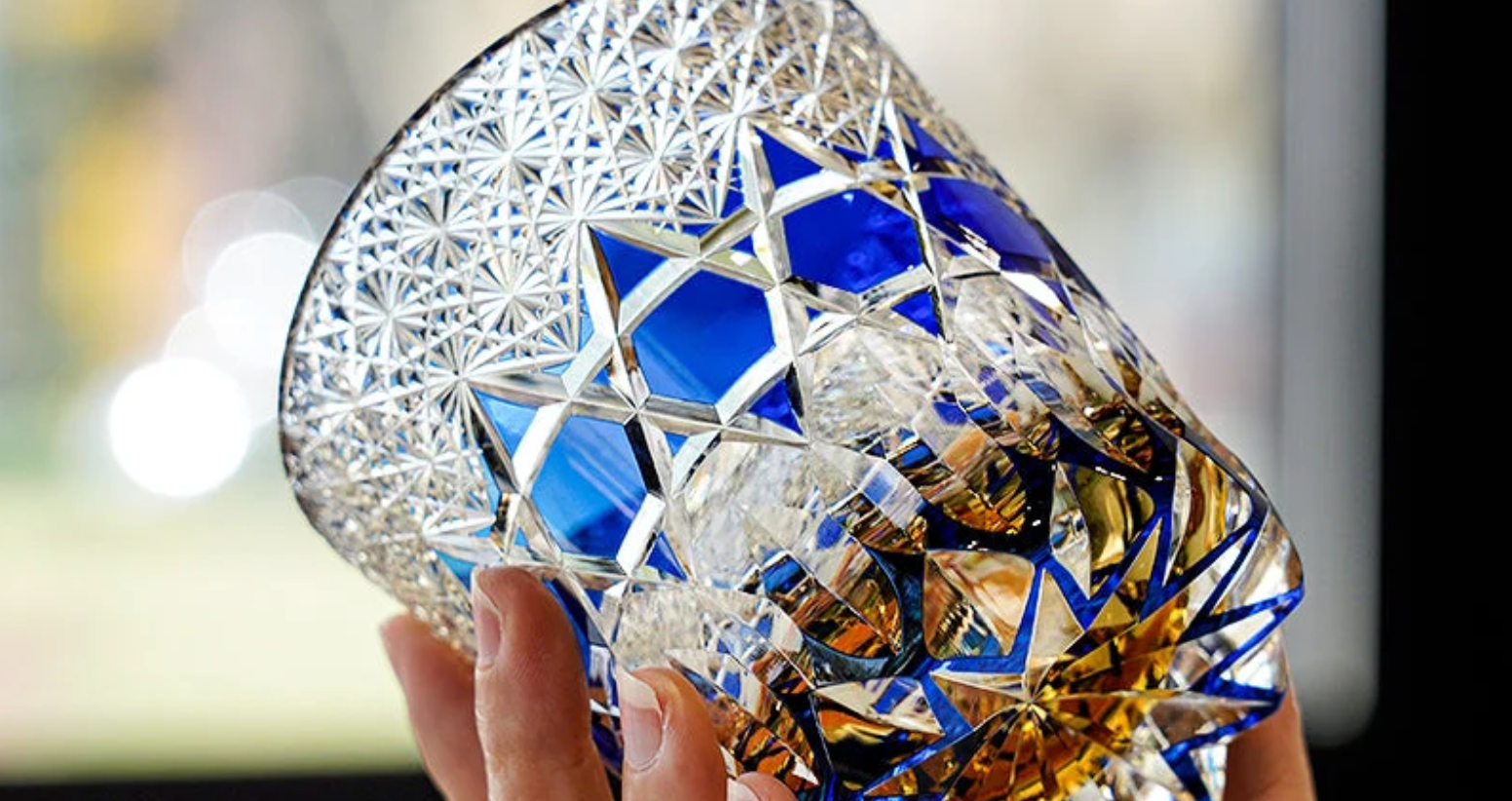
Imperial Falangcai Porcelain: The Pinnacle of Qing Dynasty Artistry
Within the pantheon of Chinese porcelain, few creations inspire as much awe and reverence as Imperial Falangcai (琺瑯彩). Meaning "enamel colors" or "foreign colors," Falangcai represents the absolute zenith of ceramic artistry during the illustrious Qing Dynasty (1644-1912), a period celebrated for its technical mastery and aesthetic brilliance. Reserved exclusively for the most discerning eyes of the Emperor himself, these extraordinarily rare pieces are not merely porcelain; they are miniature imperial masterpieces, embodying a unique fusion of Chinese tradition and exquisite Western influence. At Oriental Artisan, we hold a deep admiration for such historical pinnacles of Chinese ceramic art, and invite you to delve into the captivating story of Falangcai.
What is Imperial Falangcai? A Royal Enigma
Falangcai porcelain is distinguished by its unparalleled quality and unique production method:
-
Imperial Exclusivity: Unlike other porcelains produced in vast quantities at the imperial kilns in Jingdezhen, Falangcai pieces were painted and fired within the confines of the Imperial Palace workshops in the Forbidden City itself.3 This unparalleled control ensured absolute perfection and supreme secrecy.
-
Direct Enamel Painting: What sets Falangcai apart is the application of enamel pigments directly onto a plain, unglazed, pristine white porcelain body (known as sutai or "biscuit"), which had been fired at high temperatures in Jingdezhen.4 These delicate paintings were then fired a second time at much lower temperatures (around 700-800°C) within the palace.5 This technique is distinct from Famille Rose, where enamels are painted onto an already glazed surface.
-
Limited Production: Produced primarily during the reigns of the Yongzheng (1723-1735) and Qianlong (1735-1796) Emperors, with a brief experimental period during the Kangxi reign (1662-1722), the output of Falangcai was extraordinarily small.6 Only a few hundred pieces are known to exist globally today, mostly residing in prestigious museums and private collections.
The Fusion of East and West: Artistic and Technical Mastery
The genesis of Falangcai lies in an extraordinary cross-cultural exchange:
-
Western Enamel Influence: The vibrant, opaque enamel pigments and shading techniques employed in Falangcai were directly inspired by Western enameling on metal (like Limoges enamels), introduced to the Qing court by Jesuit missionaries such as Jean-Baptiste Gravereau.7 These pigments offered a broader palette and richer depth than traditional Chinese enamels.
- Chinese Artistic Brilliance: This foreign technique was meticulously adapted by Chinese artisans, who applied it to their native porcelain with breathtaking skill. The designs often feature traditional Chinese motifs—delicate birds, blossoming flowers, serene landscapes, and auspicious symbols—executed with the finest brushwork, reflecting classical Chinese painting styles.
-
Scholarly Integration: A hallmark of Falangcai is the harmonious integration of painting with elegant calligraphic inscriptions (often imperial poems) and imperial seals.8 This fusion of art forms elevates each piece to a level of scholarly and aesthetic perfection previously unseen.
- Painstaking Process: The creation process was incredibly complex and labor-intensive, requiring multiple firings at precise temperatures for the porcelain body, glazes, and then the final enamels. Any flaw meant immediate destruction of the piece, further contributing to their rarity.
Aesthetic Characteristics and Imperial Grandeur
Falangcai pieces are instantly recognizable by their:
- Vibrant, Opaque Palettes: The enamel colors possess a unique richness and intensity, standing out against the pure, snow-white porcelain ground.
- Incredibly Delicate Brushwork: The level of detail is astounding, often requiring magnifying glasses to fully appreciate the minute precision of the painting.
- Harmonious Compositions: Despite the diverse elements, each piece achieves a perfect balance between painting, calligraphy, and the inherent elegance of the porcelain form.
- Exquisite Forms: The porcelain bodies themselves are of the highest possible quality, crafted with perfect symmetry and refined proportions by the finest potters from the imperial kilns at Jingdezhen.
Unrivaled Rarity and Astronomical Value
Given their imperial exclusivity, limited production, and the sheer passage of time, surviving Falangcai pieces are among the most valuable and sought-after artworks in the world.9 They consistently command record-breaking prices at auction, a testament to their supreme historical significance, artistic brilliance, and almost mythical rarity. Each piece is not just an artifact, but a tangible link to the private world of the Qing emperors.
At Oriental Artisan, while original Imperial Falangcai pieces are priceless treasures found only in museums, we celebrate this pinnacle of Chinese ceramic art. Our curated collection of high-quality Chinese porcelain, particularly our hand-painted pieces from Jingdezhen, upholds the timeless traditions of exquisite artistry and luxurious craftsmanship that characterized the imperial workshops. We invite you to explore pieces that embody the spirit of beauty and dedication found in these historical masterpieces.
Delve into the imperial legacy of Chinese porcelain. Explore Oriental Artisan's exquisite collection of authentic Chinese ceramics and discover pieces that echo the grandeur and artistry of the Qing Dynasty.




Leave a comment
This site is protected by hCaptcha and the hCaptcha Privacy Policy and Terms of Service apply.